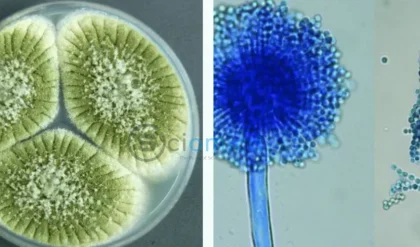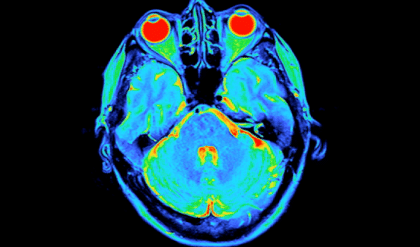
Air pollution remains a critical public health concern in the United States, contributing to approximately 50,000 deaths annually. However, not all air pollutants have the same level of impact. For decades, researchers have focused on PM 2.5, particulate matter measuring less than 2.5 microns in diameter. In contrast, less attention has been paid to its smaller counterpart, PM 1, which measures less than 1 micron. Recent studies suggest that these smaller particles, often referred to as “submicron” particulate matter, may pose even greater health risks.
A recent study published in The Lancet Planetary Health by researchers from Washington University in St. Louis sheds light on the prevalence of PM 1 in the United States over the past 25 years. Randall Martin, a leading professor in energy, environmental, and chemical engineering, emphasizes that this research will help target specific pollutants for regulatory action, thereby maximizing health benefits.
Chi Li, the lead author of the study, notes that understanding the concentrations of submicron particles can facilitate deeper investigations into their health and environmental impacts. The small particles identified in the study primarily originate from direct emissions, such as black carbon from diesel engines and smoke from wildfires. Additionally, some PM 1 particles are formed through chemical reactions involving sulfur dioxide and nitrogen oxides emitted during fossil fuel combustion.
The potential harm caused by these submicron particles is underscored by their ability to bypass the body’s natural defenses. They are significantly smaller than blood cells, which allows them to infiltrate the body more easily and may lead to more severe health effects. It is important to recognize that air particles are rarely uniform; instead, they are often complex mixtures of various materials.
Li explains that the research team was able to estimate PM 1 concentrations by analyzing the known ratios of components found in PM 2.5, including sulfate and nitrate, among others. By combining these seven primary components, the researchers calculated the national PM 1 concentrations.
This groundbreaking research sets the foundation for further exploration into where and how these particles accumulate and their potential consequences for both the environment and human health. Jay Turner, a professor of engineering education and co-author of the study, adds that while the Environmental Protection Agency (EPA) initiated air quality standards for fine PM in 1997, PM 1 was not regulated due to a lack of health impact studies compared to PM 2.5. The current study provides crucial data to assess the effects of PM 1 on public health.
Moving forward, researchers plan to collaborate with epidemiologists to investigate the correlation between PM 1 levels and health outcomes. The dataset also reveals encouraging news: air quality regulations have been effective. From 1998 to 2022, average PM 1 levels in the contiguous United States declined significantly due to legislation such as the Clean Air Act. However, progress has stagnated since 2010, likely linked to increased wildfire activity. Future pollution controls will need to address emerging sources beyond traditional fossil fuels.
While countries like China have advanced in monitoring PM 1, this new dataset positions the United States to catch up. Martin highlights the unprecedented value of this dataset, which provides essential information on an important pollutant for which limited measurements previously existed. Funding for this significant study was provided by the National Institute of Environmental Health Sciences and the National Institutes of Health.
Reference:
- Chi Li, Randall V Martin, Aaron van Donkelaar, Jose L Jimenez, Qi Zhang, Jay R Turner, Xuan Liu, Mark Rowe, Jun Meng, Wuyue Yu, George D Thurston. Estimates of submicron particulate matter (PM1) concentrations for 1998–2022 across the contiguous USA: leveraging measurements of PM1 with nationwide PM2·5 component data. The Lancet Planetary Health, 2025; 9 (6): e491 DOI: 10.1016/S2542-5196(25)00094-4






